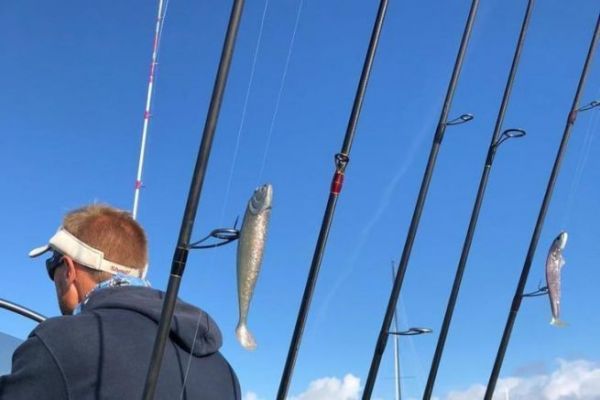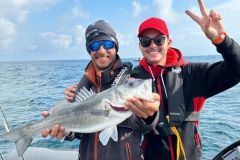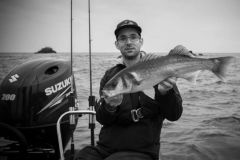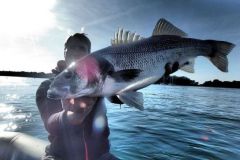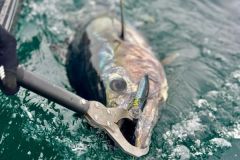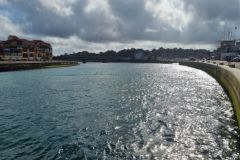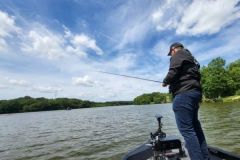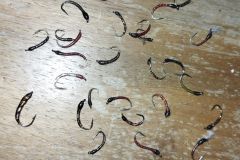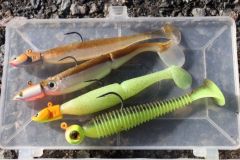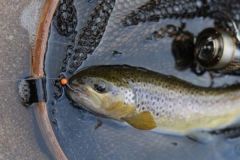The weight of the jig head is a decisive parameter in the presentation of a soft lure and consequently in the number of hits recorded.
Anyone who can give you an exact answer to this question is a fool and a liar, since so many parameters come into play. Experienced anglers know that they won't find any answers in this field, and beginners shouldn't look for any truth in it (that would be a serious mistake) but rather for food for thought.
Type of lure
First of all, the weight of your sinker depends on the shape, size and material rigidity of your soft lure. This means that two different lures with the same weight will have very different sink rates and different behaviour in the water. A slug is more hydrodynamic than a shad, a big rigid paddle slows down the descent much more than a small soft one, and so on. These are all parameters to be taken into account.
The size and nature of the line also play a role.
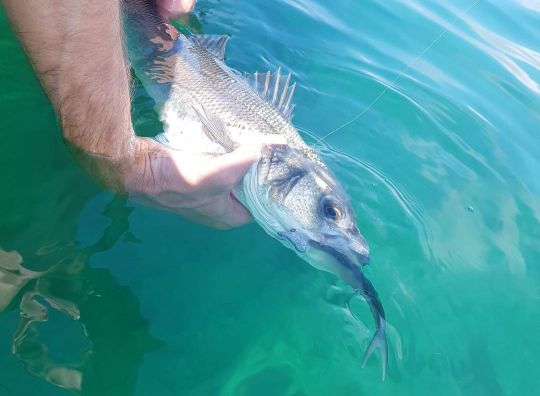
Spotlight configuration
The decisive factor to take into account when choosing a sinker head, and one which should make you aware that there is no such thing as a standard weight, is the configuration of the fishing spot. In particular, depth and current. When the current is 2 knots, your boat and/or lure will travel 1 metre in 2 seconds horizontally... To reach the same depth in the same time, you'll need to take the current speed into account.
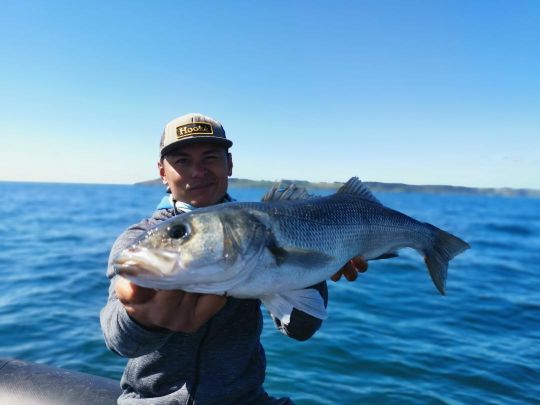
Weather conditions
The wind. The great enemy of the lure angler. Not only will it lead you to change your casting angles and pay particular attention to your line control, but depending on its orientation in relation to the current or the bank, it should prompt you to use heavier lead heads to keep feeling the bottom. It can be in the direction of the drift or the opposite, or even across. All situations requiring adaptation.
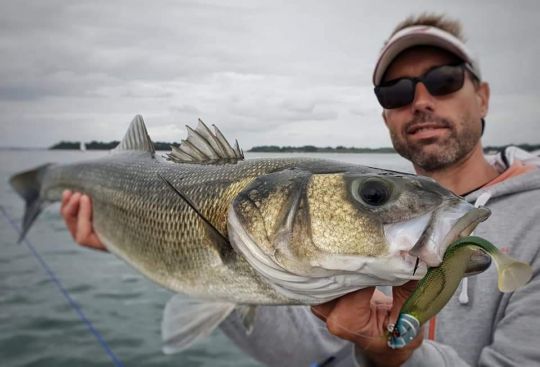
Approach and presentation
Not only the technique you use, but also the presentation you're looking for will determine your choice of jig head. More gliding, more aggressive, closer to the bottom, etc. It's entirely possible to present a lure completely differently (behavior and swimming depth) with the same lead head but a different technique, or vice versa.
Similarly, the sensitivity and character of the angler have a strong influence. Some are calmer and like more flowing animations, while others prefer fast presentations.
The mood of the fish
Depth, current, wind, lure, etc. All this is theory, because the real element to take into account is the mood of the fish. The best choice is simply the one that makes you catch fish, even if it seems unnatural or contrary to all theoretical conceptions.
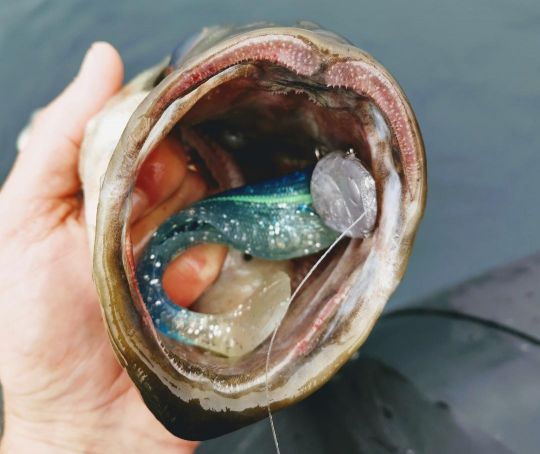
My basics
So, because you need a starting point when you're just starting out, here's how I proceed. It's not a truth, but a base that you need to develop (quickly) as you go along.
- From the edge with a bottom depth of 1 to 4 m, I'll start with 5 g for line fishing and vary between 3 and 10 g during my fishing trip. However, if I fish with a scraper across the current, I'll start with two grams more and if I fish on the fly with a slug it will be 2 g less.
- By boat for example, on a 10 m bottom with little current (less than 1 knot), I'd start with a 21 g Illex nitro shad 120 (shad with dense gum), a 15 g soft shad or a 10 g tp on a slug. If the bottom is 20 m, I'd add 10 g to each as a starting base. Over the course of the trip I can then vary my lead heads from half to double. Fishing in 5 g in 10 m of water with a slug doesn't scare me at all if it's the solution of the day.
- Always on board on a 10 m bottom, but with a steady current (2 to 4 knots), I'll start with 28-35 g for pulling, 25 g for scraping and 20 g for flying. In the same way, I can considerably reduce or increase the weights depending on the weather or the mood of the fish. I sometimes use 50 g in 6 m of water with a big shad, wind and 4 knots of current.
